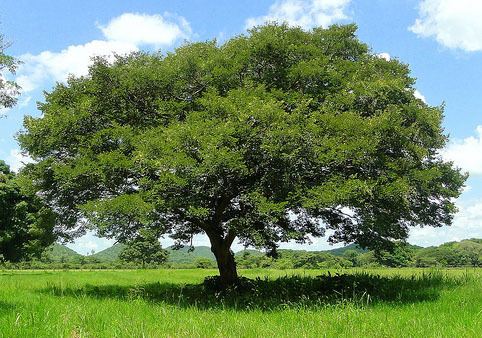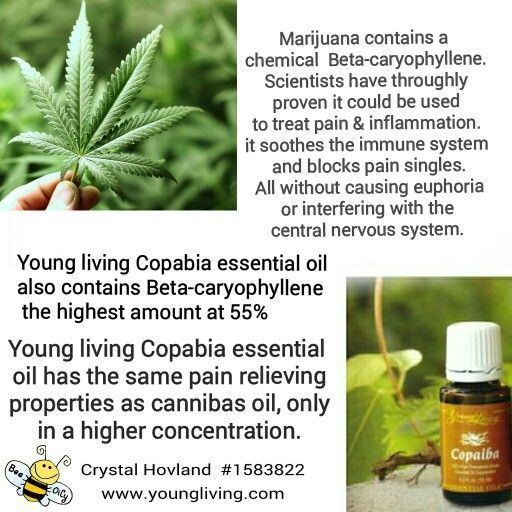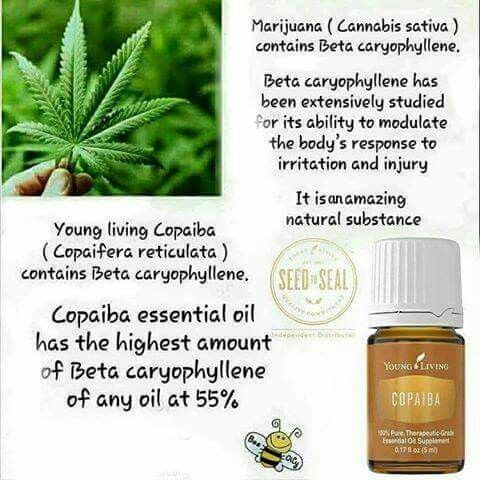 | ||
Copaiba is a stimulant oleoresin obtained from the trunk of several pinnate-leaved South American leguminous trees (genus Copaifera). The thick, transparent exudate varies in color from light gold to dark brown, depending on the ratio of resin to essential oil. Copaiba is used in making varnishes and lacquers.
Contents
- copaiba essential oil for removing wrinkles and relaxing your muscles joints and bones
- Uses
- History
- Medicinal
- Amazon rainforest
- References

The balsam may be steam distilled to give copaiba oil, a colorless to light yellow liquid with the characteristic odor of the balsam and an aromatic, slightly bitter, pungent taste. The oil consists primarily of sesquiterpene hydrocarbons; its main component is caryophyllene.

Copaiba is also a common name for several species of trees of the legume family native to Tropical Africa and North and South America.
copaiba essential oil for removing wrinkles and relaxing your muscles joints and bones
Uses

Copaiba is particularly interesting as a source of biodiesel, because of the high yield of 12,000 liters per ha. The resin is tapped from standing trees, with an individual tree yielding 40 liters per year.
Copaiba has been used in traditional medicine.

It has a long history of use as a folk medicine. In Panama, the Yaviza people mix the resin with honey and give it to newborns to impart knowledge and ward off hexes.
The balsam and its oil are used as fixatives in soap perfumes and fragrances.
Copaiba is also used as an artist material, especially in oil paint recipes and in ceramic decoration. Mineral painters use a medium made of copaiba, turpentine and lavender to mix with their minerals for adhesion to ceramic vessels before kiln firing. Copaiba makes a good medium for oils and helps with both adhesion and quality of shine.
History
Copaiba oil-resins extracted have been used medicinally dating back to the 16th century by the natives of north and northeastern Brazil. The folk remedies were administered orally or used as an ointment in the treatment of various diseases.
Medicinal
In the 21st century, studies have shown that the beneficial effects of Copaiba are due to its anti-inflammatory, anti-tumor, anti-tetanus, antiseptic and antihemorrhagic properties.
In Brazil, studies on the medicinal plants, especially Copaiba oil-resin, are documented in medical literature to have no effect on healing.
Amazon rainforest
The production of Copaiba oil is socially significant to the Amazon because it represents approximately 95% of Brazil's oil-resin production industry. The Annual production of Copaiba oil in the Amazon is estimated to be 500 tons/year. The commercialization of Copaiba as an oil or in capsule form has grown due to demand by traditional and widespread use, and is exported to other countries, including the United States, France, and Germany.
Despite its usage in various pharmacological forms and wide use in folk medicine, Copaiba has not been officially registered as a phytochemical drug. Experiments to assess any cytotoxic and mutagenic potential of Copaiba-derived resin are underway in Brazil to determine safe usage, prior to phytochemical drug development. Under experimental conditions employed in a study on mice, it was concluded that the oil-resin from commercial Copaiba oil-resin showed no genotoxic or mutagenic effects.
